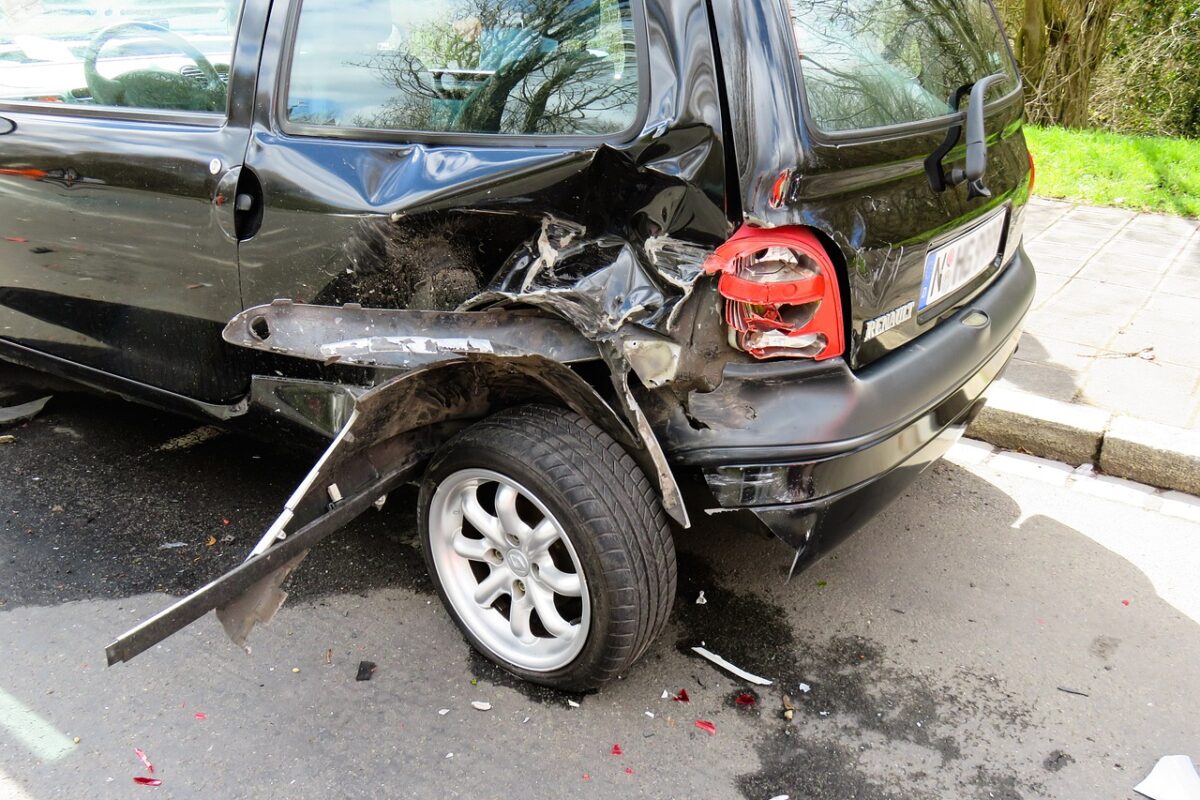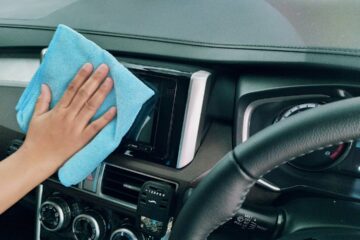In recent years, there has been enthusiasm and fear surrounding the development of self-driving car technology.
Autonomous vehicle proponents contend that the technology might transform transportation and lower the number of accidents. On the other hand, serious worries exist about the possible risks connected to this technology.
As self-driving cars become more common, it’s important to consider the risks and disadvantages they might have. Knowing the drawbacks of self-driving technology is crucial since it raises concerns about safety, moral dilemmas and financial effects.
Let us, in this article, see the landscape of self-driving cars in the United States by looking at some recent incidents.
Tesla’s Self-Driving: More Like a Self-Harm
The widow of Tesla employee Hans Von Ohain alleges a failure with the company’s cutting-edge Autopilot driving technology. Her husband was killed in a violent crash that followed. On the way back from an Evergreen golf outing, the event occurred in Colorado Springs.
On May 16, 2022, Von was driving his 2021 Tesla Model 3 with a companion when the complaint was filed on May 3. The car unexpectedly veered hard to the right due to the Autopilot system. It went off the sidewalk and into a tree, catching fire as a result of this turn.
During their trip, Von had been using the autonomous drive mode, according to Erik Rossiter, who was injured in the collision. Rossiter said that the automobile would occasionally veer over to the side and would correct itself, making the experience uncomfortable.
The car was going 41 mph, which was just over the speed limit when the collision happened. Furthermore, Rossiter found Von’s usage of the self-driving capability nerve-wracking as he drove to the golf course.
Von Ohain had three times the allowable blood alcohol content, according to the autopsy report. Even though he was intoxicated, Nora Bass complained about Tesla’s Autopilot feature, saying they were given a false sense of security.
However, Bass had struggled to find legal representation for the case due to her husband’s intoxication. Well, with such cases consulting an auto accident attorney in Colorado Springs might be very useful. They have expertise in battling and finding a way to claim rightful compensation for the plaintiff.
According to the Springs Law Group, blame can be established using any of the provisions in the ‘duty of care’ statute. With such an incident aforementioned, it can be claimed using no-doubt liability. Although the case is quite tricky, an attorney can make use of the policies or claims made by the company.
If Von’s death is confirmed to be the result of employing Tesla’s full self-driving capability, it will be the first recorded fatality. This will entail the most cutting-edge driver-assistance technology offered by the company.
According to recent reports, U.S. authorities are looking into claims that Tesla deceived customers about the capabilities of its autopilot technology. If so, wire or securities fraud may be committed by the company.
The National Highway Traffic Safety Administration concluded that there were insufficient protections in place to prevent driver exploitation of Tesla’s autopilot functions. This was especially true when there were emergency vehicles parked.
Since automakers are required to disclose accidents utilizing driver-assistance technologies, federal regulators have documented nearly 900 crashes involving Tesla vehicles. At least 40 of these led to severe injuries or death.
Cruise’s De-cruising Path
A recall for all 950 of General Motors self-driving cars has been issued by the autonomous vehicle division, Cruise. This follows an unsettling event on a roadway in San Francisco where one of the cars pulled a pedestrian.
Cruise has opted to upgrade the software in all of its driverless cars. It happened in the wake of the tragedy and the following ban imposed by California regulators. U.S. safety regulators claim that in the case of a similar situation, the upgraded software will guarantee that vehicles stay still.
Because of the tragedy, Cruise was forced to halt operations as authorities believed the cars posed a risk to public safety. The license was withdrawn by the state’s Department of Motor Vehicles. It permitted Cruise to carry passengers in San Francisco without the need for human drivers.
The accident included a pedestrian being driven into the path of an autonomous Cruise car by a human-controlled vehicle. The Cruise car halted in the beginning, but it moved to the right to let traffic pass. It unintentionally dragged the injured guy around 20 feet during this time.
The person became stuck beneath one of the car’s tires and sustained serious injuries. According to Cruise, its test cars, which are now being driven by human safety drivers, already have updated software. Before starting up again, the autonomous fleet will get the software upgrade.
An inquiry has been launched by the NHTSA into allegations that Cruise vehicles are not being cautious enough. The Department of Motor Vehicles withheld the precise grounds for suspending Cruise’s license.
However, according to the government, Cruise misrepresented the safety of its driverless technology. Conversely, the company asserted that they gave state and federal authorities access to the whole accident video.
A $1 billion yearly revenue target for Cruise by 2025 was one of General Motors’ high ambitions. Recent occurrences have resulted in delays, like the suspension of the Origin’s production—a completely autonomous vehicle for ride-hailing services.
Frequently Asked Questions (FAQs)
How does self-driving car technology work?
Self-driving car technology works by using various sensors to gather data about the vehicle’s surroundings, including other vehicles, pedestrians, traffic signals, and road conditions. This data is processed by onboard computer systems, which analyze and interpret the information to make informed decisions about accelerating, braking, steering, and navigating the vehicle.
Are self-driving cars currently available to the public?
While self-driving car technology has made significant advancements, fully autonomous cars that can operate in all driving conditions without human supervision are not yet widely available to the public. However, some vehicles offer advanced driver-assistance systems (ADAS) that provide partially automated features, such as adaptive cruise control, lane-keeping assist, and automated parking.
What are the potential benefits of self-driving car technology?
Self-driving car technology has the potential to offer several benefits, including improved road safety by reducing human errors, increased mobility for individuals who are unable to drive, reduced traffic congestion through optimized traffic flow, and improved fuel efficiency by optimizing driving patterns.
What are the challenges and concerns associated with self-driving car technology?
There are several challenges and concerns surrounding self-driving car technology, including ensuring the safety and reliability of autonomous systems, addressing legal and regulatory frameworks to govern their use, establishing liability in case of accidents, protecting cybersecurity to prevent hacking attempts, and addressing ethical dilemmas related to decision-making in critical situations.
As advancements in car technology continue to accelerate, so do the potential dangers and risks associated with these innovations. The introduction of new technologies, like autonomous driving systems and advanced driver-assistance systems, has brought about a paradigm shift in the automotive industry.
While these technologies promise enhanced safety, convenience, and efficiency, they also raise significant concerns regarding their potential dangers.




